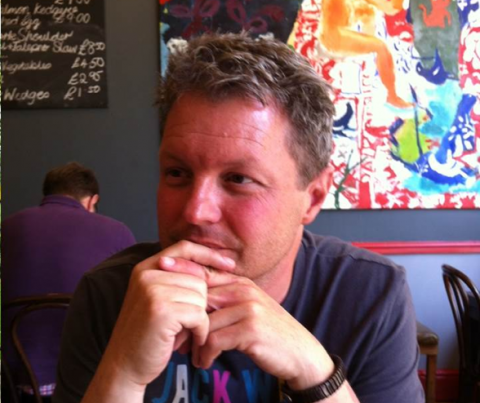- Uncategorized
Reflections on the REC:all Lecture Capture Workshop

Last week I attended a REC:all workshop in Belgium on scaling up the use of lecture capture – or as we would call it in the Netherlands, weblectures – at universities. I was joined by one of my colleagues and some Panopto users from Newcastle University, who spoke about their own experiences of mass lecture recording and classroom capture. The event offered delegates from all over Europe the opportunity to discuss best practices for expanding weblectures across an entire campus. Included were case studies from several European institutions, a vendor panel discussing the future of weblectures, and seminars on technology and pedagogical considerations.
For me, the most compelling parts of the workshop centred on the impact of lecture capture on student learning. One of the most fundamental questions was whether students are even using recorded lectures to aid their study and revision. The answer from participating universities was a resounding yes – with the pre-exam period being a peak time for viewings. This reinforced the point that weblectures can augment traditional forms of exam preparation and help students review material more effectively. This is especially true if lecture videos are searchable – enabling students to find the specific content they want to review. The ability for students to bookmark content within lecture videos was also mentioned as a helpful study aid. The bottom line is that anything that helps students navigate their way through an hour-long recording is of huge benefit.
For faculty and staff, there were great discussions about the role of analytics in understanding how students use weblectures. Knowing who has watched which recordings and how long they watched can be valuable information in a number of ways. First, it helps identify at-risk students by showing who is engaging with recorded content and who isn’t. Second, it helps academics analyse which parts of their content frequently watched, which can in turn indicate topics where students need more support. Access to these metrics allows lecturers to “reverse-engineer” their teaching practice to ensure that they’re focusing on the areas where students need the most help.
In terms of rolling out weblectures campuswide, the message from universities was that a phased approach works best – starting with departmental deployments, then sharing technological and pedagogical best practices with other departments. There were also discussions about technologies that automate class recordings and on the use of software-based solutions for scaling-up weblecture deployments.
The workshop left me thinking – when you roll out a system across a whole university, this is only the start of the journey with video. Flipping the classroom, creating MOOCs, running distance-learning programmes and offering students bite-sized learning chunks are just some of the natural follow-ons from recording lecture and classroom content. It was exciting to see the possibilities opening up for the institutions attending the event. As we continue to expand our presence in Benelux and across Europe, I’m looking forward to working with institutions to help them transform their teaching and learning using Panopto’s lecture capture solution.




